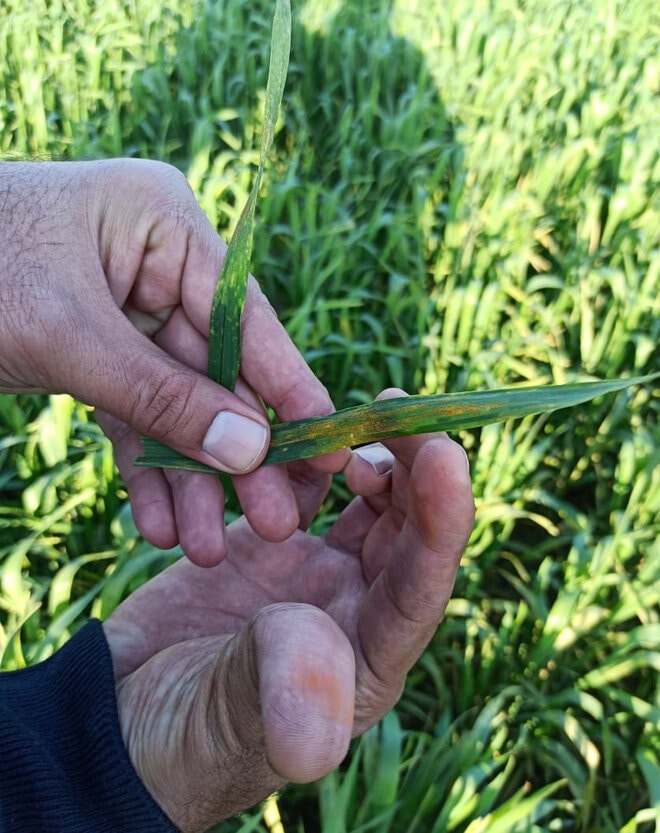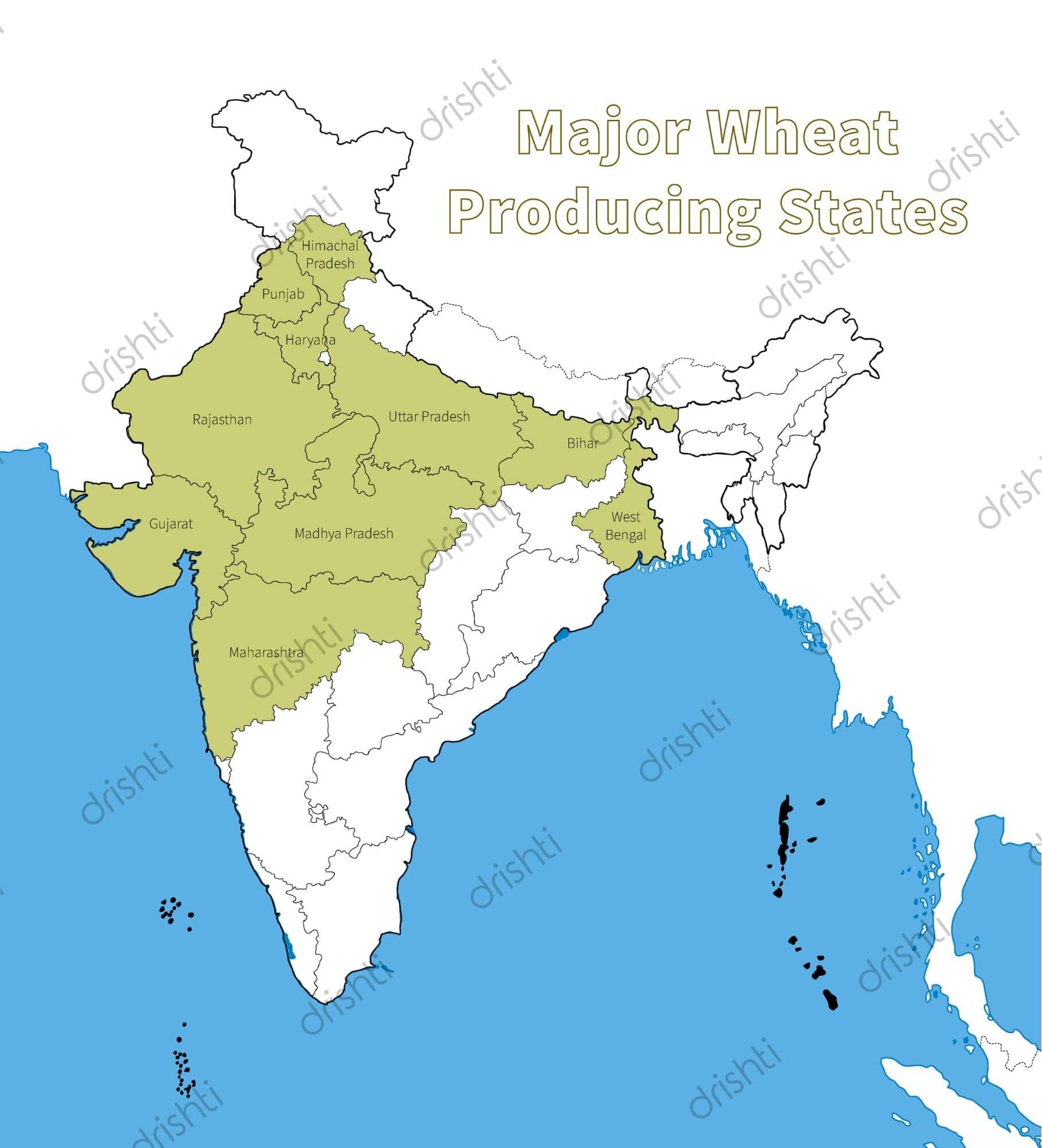Yellow Rust | 30 Jan 2020
Why in News
In sub-mountainous parts of Punjab and Haryana, yellow rust disease has been detected in the wheat crop which has raised concerns among farmers about a drop in the crop's yield.
Key Points
- Yellow rust or stripe rust is a fungal disease which attacks the leaves of wheat crop by forming yellow stripes and affects their photosynthesis that causes shrivelling of grain size.
- It is a disease of cool weather in the northern hills and north-western plains zone.
- The recent rains in the region coupled with a slight increase in the temperature and humid conditions are favourable for yellow rust.
Wheat
- Temperature: Between 10-15°C (Sowing time) and 21-26°C (Ripening & Harvesting) with bright sunlight.
- Rainfall: Around 75-100 cm.
- Soil Type: Well-drained fertile loamy and clayey loamy (Ganga-Satluj plains and black soil region of the Deccan)
- Top Wheat Producing States: Uttar Pradesh > Punjab > Madhya Pradesh > Haryana > Rajasthan.
- It is a rabi (winter) crop, is sown between late October till December while the harvesting of the crop starts from April onwards.
- India is the second-largest producer after China.
- This is the second most important cereal crop and the main food crop, in the north and north-western India.
- The success of Green Revolution contributed to the growth of Rabi crops especially wheat.
- Government initiatives to support wheat cultivation: Macro Management Mode of Agriculture, National Food Security Mission and Rashtriya Krishi Vikas Yojana.

